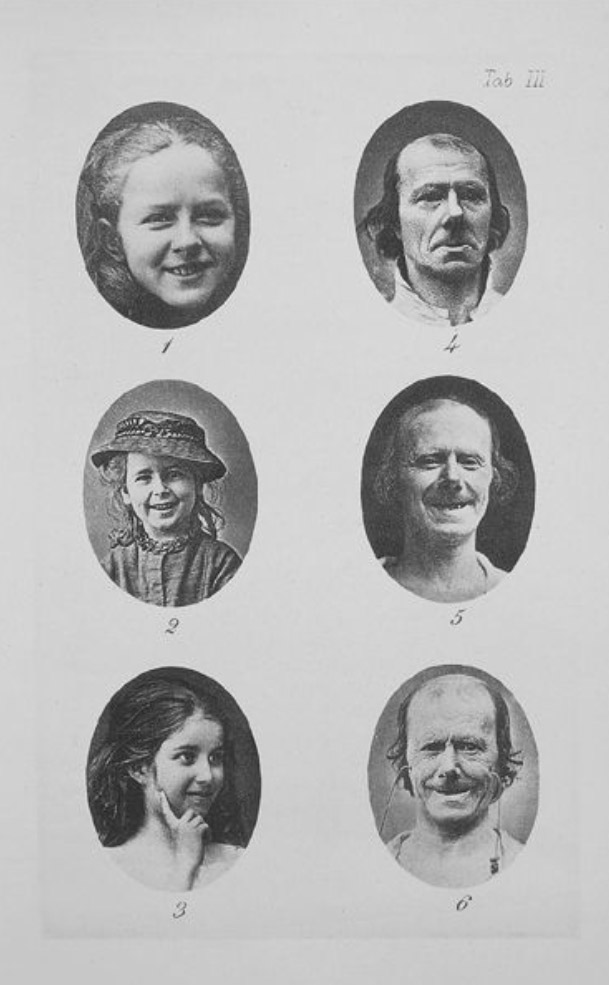My brilliant husband suggested that I let you know about how much time you can expect to burn with my posts. I'd say each of the bold links will take about 10 minutes to peruse. I've included it at the top of the page and intend to go back and add similar estimates to my older posts.
----
I love photos. In fact, in the last year or so I've been surprised to learn that I love photos more than most people. They feel like tiny time-machines. That said, I've come across a few repositories of interesting old photos today. I hope you like them at least a little bit, even if your enthusiasm doesn't match my own.
The star of today's post is Maria Popova who blogs at brainpickings.org and tweets as @brainpicker. Yesterday, she showcased an online archive called The Empire That Was Russia.

Sergei Mikhailovich Prokudin-Gorskii. Peasant Girls, 1909.
Something about the girl in the middle makes me want to know her story. The "Ethinic Diversity" section of the site is where most of the images of people are, which I find most interesting; but the rest of the site is neat too. Especially neat is the page where they explain how they created color images from black and white negatives.
----
On Twitter, our friend @brainpicker linked to a nifty flea market find on retronaut.com. (I foresee myself spending a lot of time on that site in the near future.) It's an album of a kindergarten class from St. Louis in 1905.

I love the little girl on the left. She is not happy with that boy's singing!
My favorite thing about these photos is how candid they are. Most of the early 20th century photos I've seen are cold and posed. It's easy to forget the subjects are people just like those we know today. These kids are clearly normal, rambunctious little kids; even if they are wearing old-timey clothes.
----
The final set from @brainpicker taught me a bit about Charles Darwin. Did you know he made contributions to the field of Psychology? Popovo's post from way back in November is on a new book, Darwin’s Camera by Phillip Prodger. He was expanding upon research by Guillaume-Benjamin-Amand Duchenne into facial expressions. Among other (largely more useful) things, Duchenne took lots of photos of the same dude while administering electric shocks to different muscles on the guy's face. Below is a picture from Darwin's book (via Brain Pickings, probably via Prodger's book). Note the shocking prods in the lower right picture:

You can learn more about those experiments, and see more pictures of the 'lucky' subject at wired.com. They published a nice article on Darwin's experiments with Duchenne's photos last week. See, Darwin would show the shock photos to his friends and ask them to describe the emotion they saw. It's garnered lots of new attention lately because of the Darwin Correspondence Project. They asked modern people to describe the emotions of the same photos Darwin used. What they discovered was some neat stuff about how our western culture and the English language have changed over the last century. The study is now complete, and they've published the results with nifty graphs. If you want to try the exercise yourself, you still can, but it looks like they are no longer collecting data.
----
I hope you enjoyed this little romp through the past! Thanks for reading!
More Russian Photos: http://www.museum.ru/museum/1812/Memorial/PG/colorpg_16.html
ReplyDelete